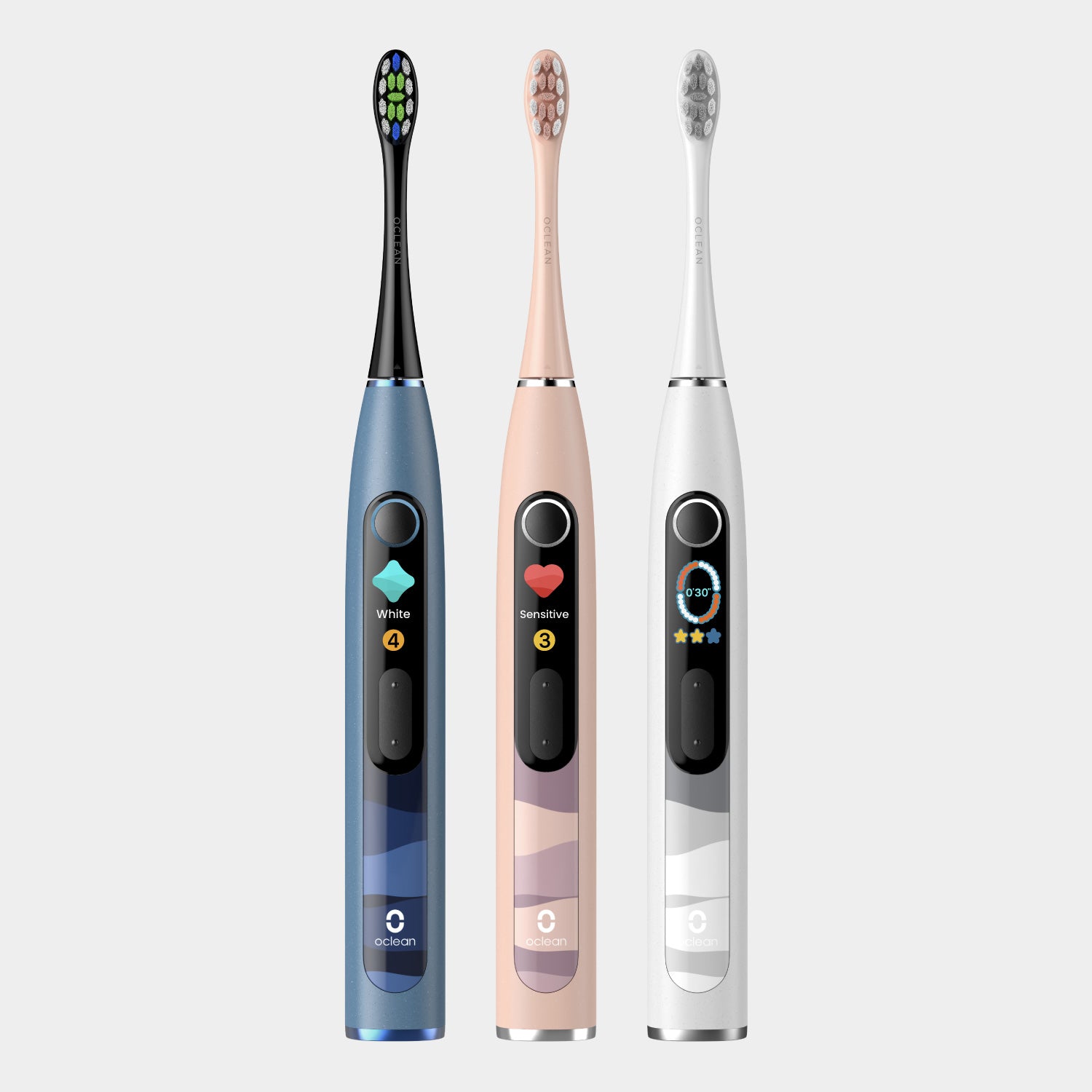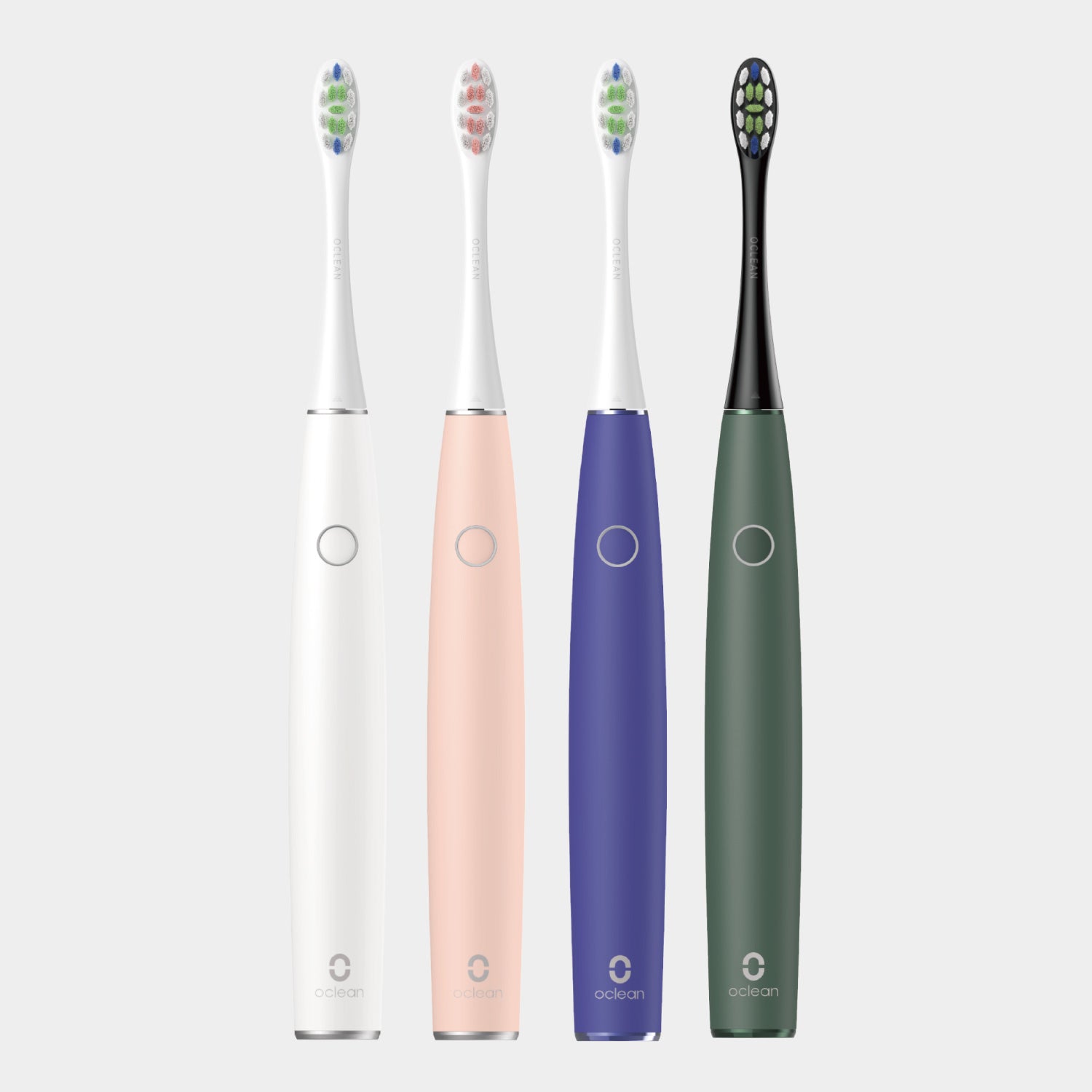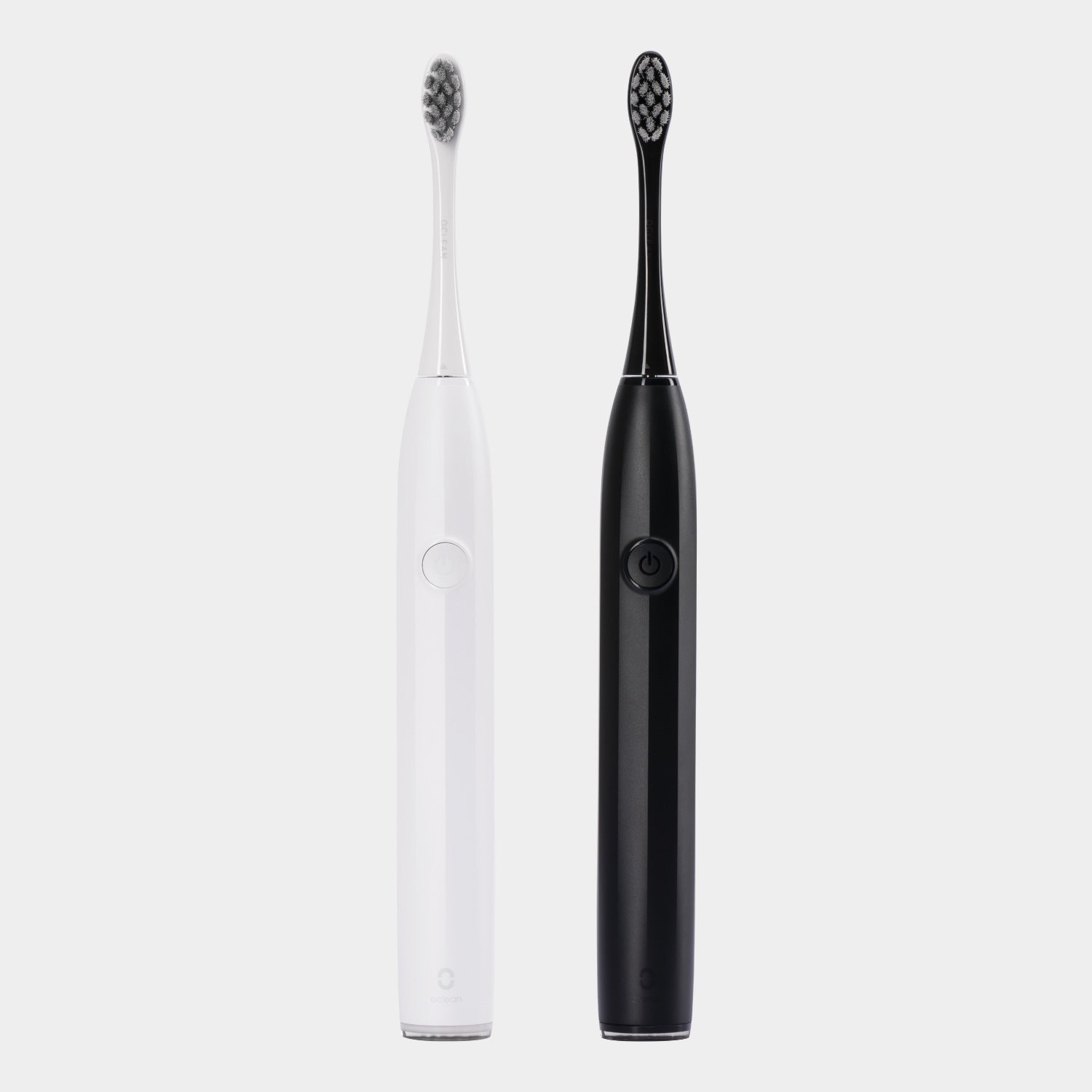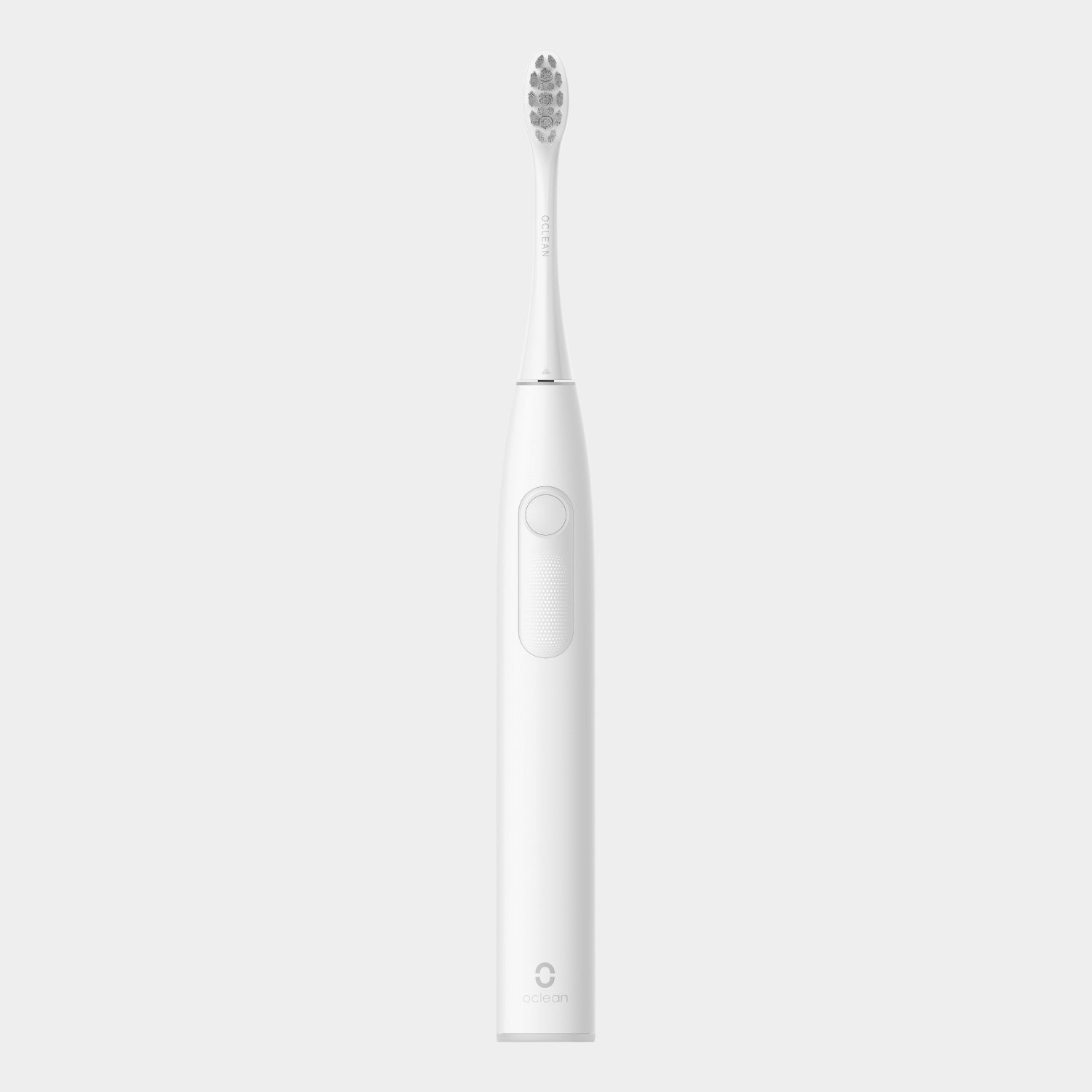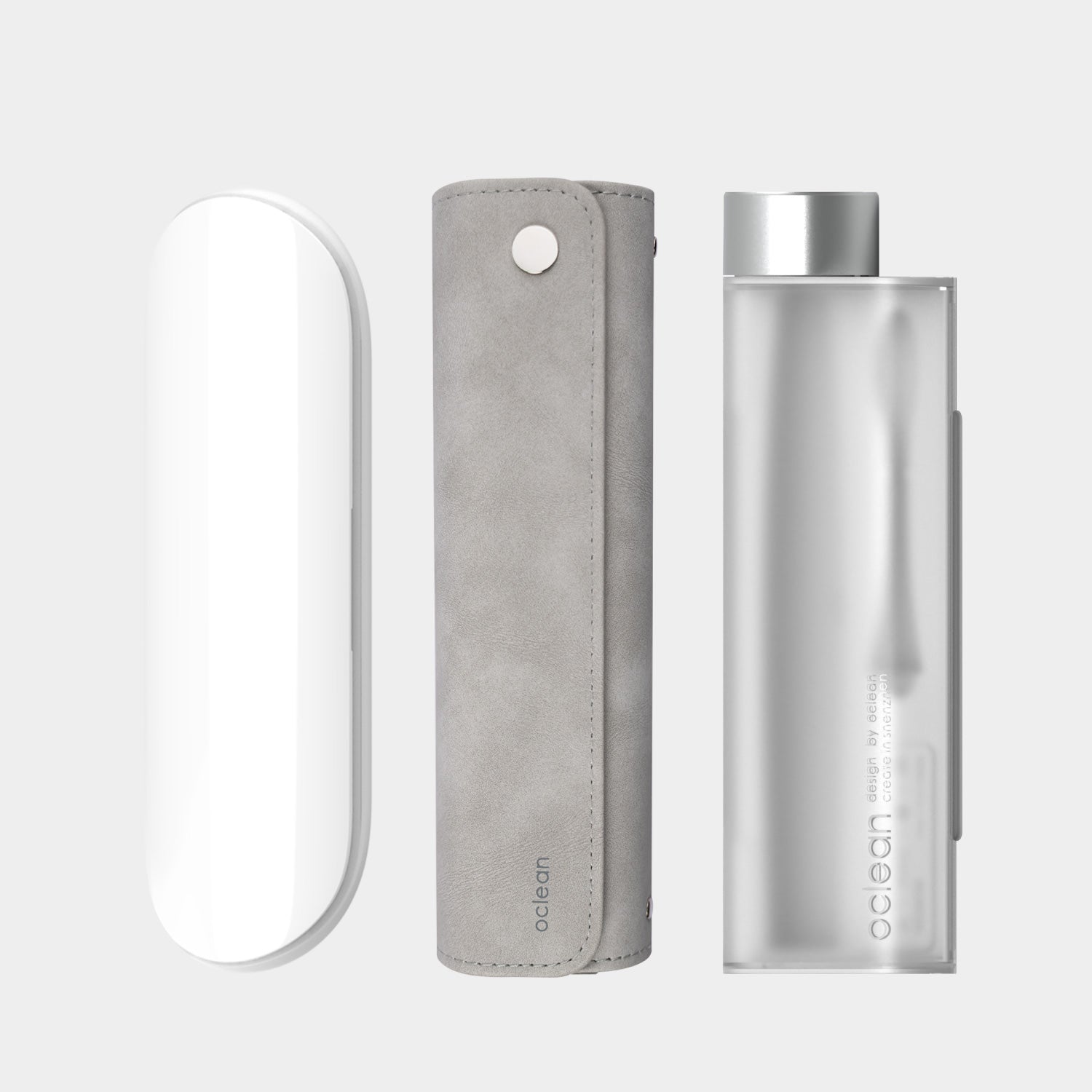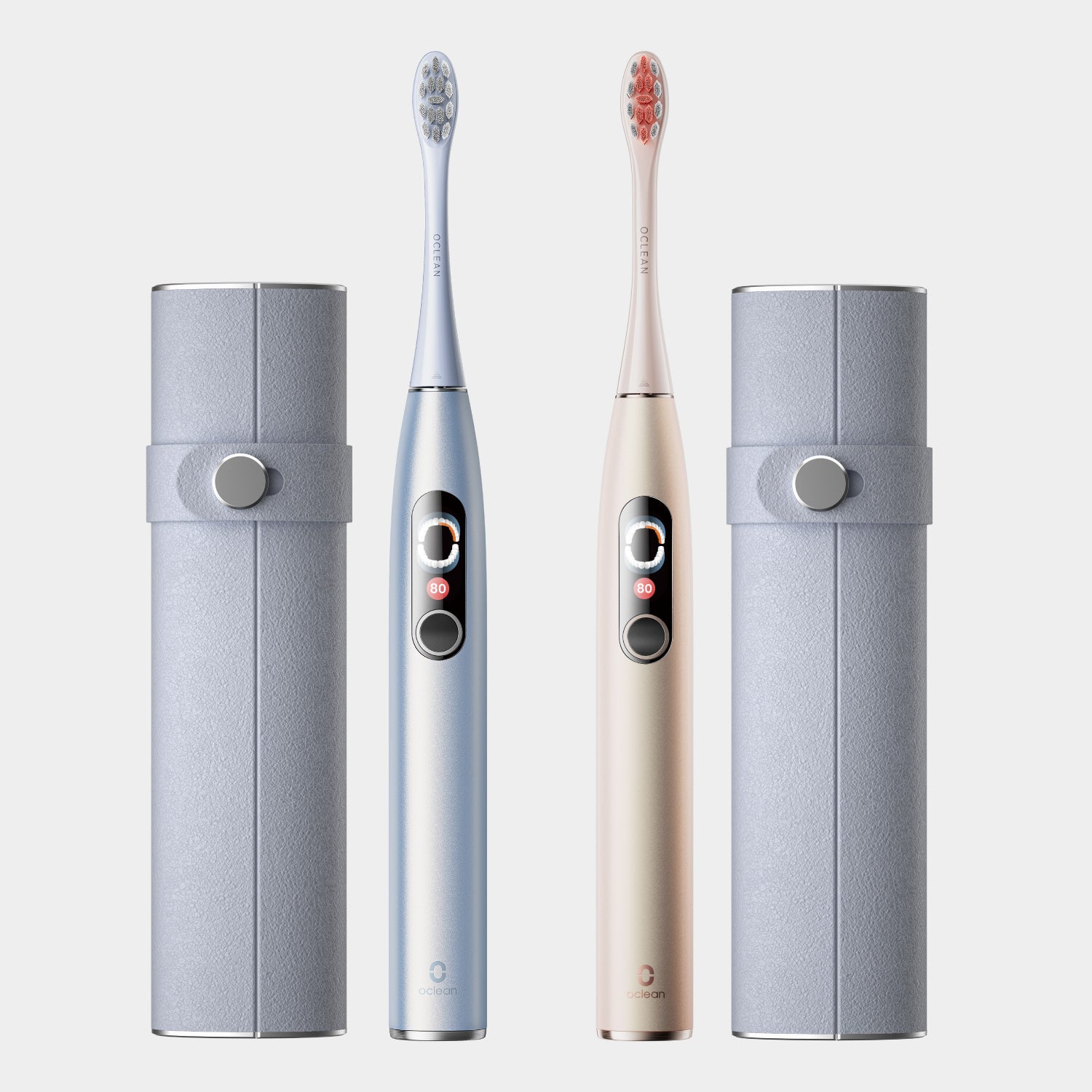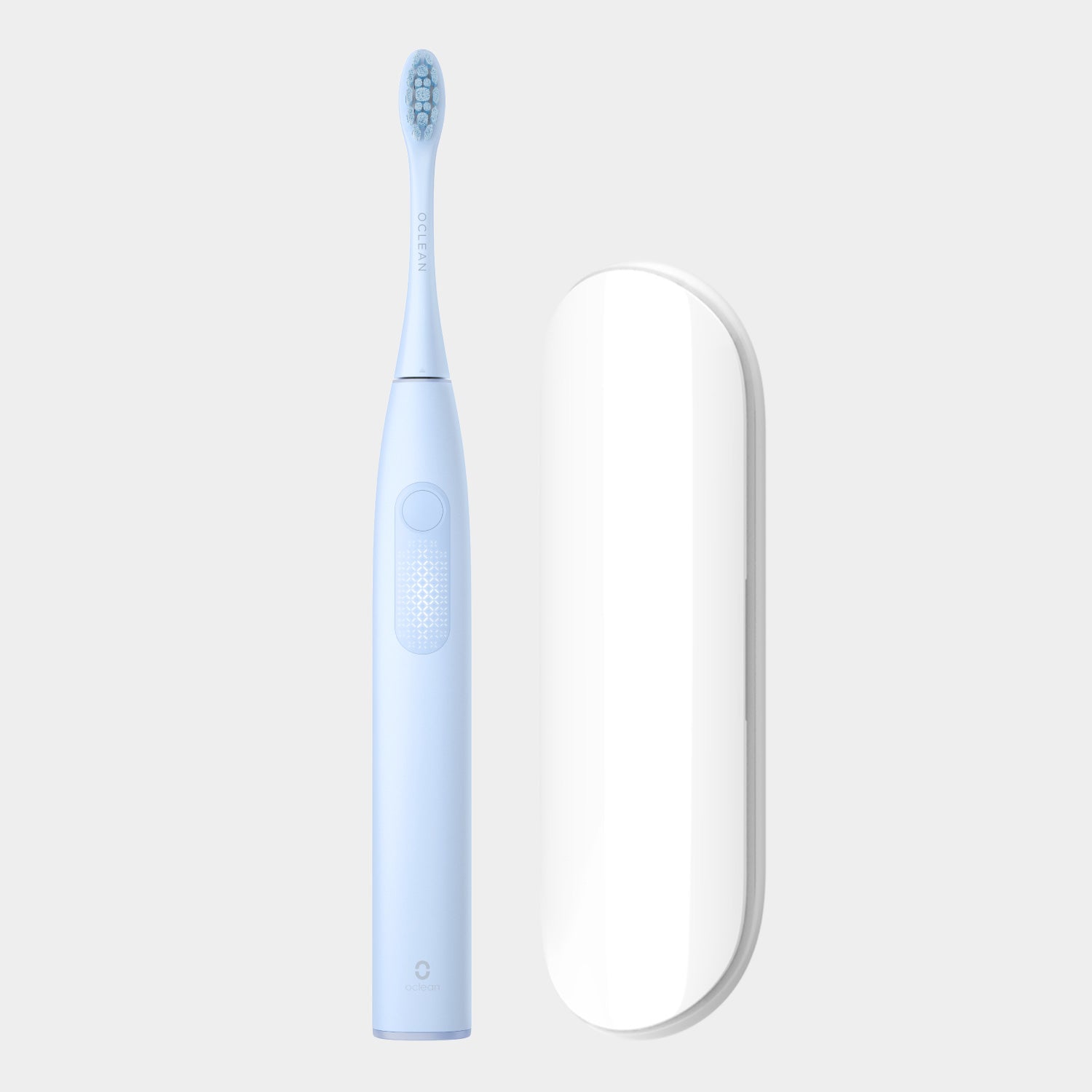The mandibular first molars are the earliest teeth in the permanent teeth, which erupt at about six years old. Notably, the first permanent molars erupt directly from the gums behind the primary dentition. There are four six-year-old teeth, and the mandibular and maxillary first molars are called "six-year-old teeth."
The six-year-old teeth "quietly" erupt from the back of the deciduous dentition. Since no deciduous teeth fall out, they are easily ignored by parents and children. According to the Fourth National Oral Health Epidemiological Survey, the caries rate of four six-year-old teeth in 12-year-old children accounts for 61% of the overall dental caries rate.
Since six-year-old teeth are the first permanent teeth, they undertake important chewing tasks and play a role in locating the eruption and arrangement of other permanent teeth. They have an essential impact on the development of the upper and lower jaws and the face. However, some wonder why such vital teeth have a high rate of caries. The main reason is that there are many pits and fissures on the six-year-old occlusal surface, which is prone to caries.
Sealing the pit and fissure in time to prevent plaque accumulation helps stop the occurrence of caries. Thus, it is recommended to take the child to the dentist for pit and fissure sealing after the six-year-old teeth have fully erupted. Fluoride caries prevention is also an effective means to avoid damage to six-year-old teeth. Fluoride can make the enamel stronger, and applying fluoride every 3-6 months can effectively prevent caries.
Related Readings:
Can You Bring an Electric Toothbrush on a Plane
How Many Calories Are in Toothpaste
What Happens if You Swallow Toothpaste
Are Charcoal Toothbrushes Safe






